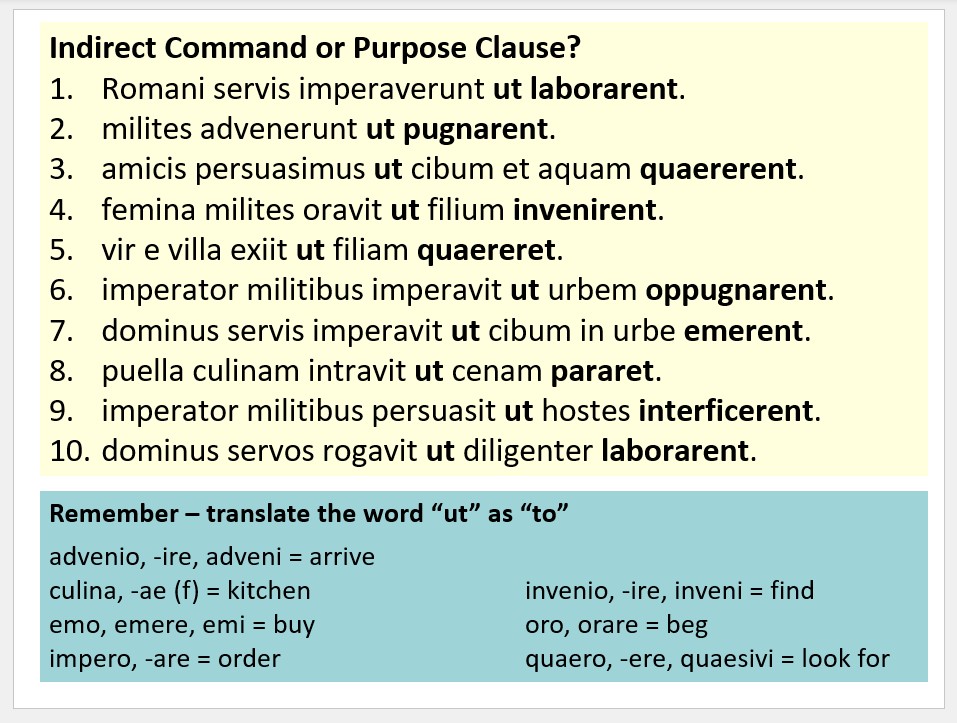Many trained teachers try their hand at tutoring: demand is high and the money is useful. I tutored consistently throughout my first few years in teaching, then returned to it when my husband gave up work to re-train. As time went on, however, I found myself bound to it by more than just financial necessity; I came to realise that private tutoring has was having a profoundly positive impact on my work as a classroom teacher.
It may sound absurd, but it’s easy to lose sight of what you’re paid to do in the frenetic world of mainstream education; marking and administrative tasks – not to mention the ever-shifting sands of expectations – can overwhelm you to the point where you lose perspective on what’s actually important. Tutoring reignited my passion for teaching on a fundamental level; not only did it take me back to some essential skills, it made me question the value of some other things that were taking up too much of my time. It made me better at saying “no” to things that impacted upon my ability to perform my teaching role to the best of my ability and – as a direct result – I stepped aside from roles and responsibilities that were in danger of doing so.
Tutoring exposed me to a wider range of specifications and teaching methodologies that were outside of my range of experience. Habits inevitably become entrenched when you teach the same subject in the same system to the same age-group for a number of years: tutoring forced me to think again. When I started tutoring face-to-face in my area, local demand was highest for Common Entrance coaching, so – despite the fact that I was a secondary school teacher – this became a specialism. Finding out what some 10-year-olds were being exposed to and could cope with made me question where I was setting the bar in secondary school; it also made me ask myself some fundamental questions about what, when and why I was teaching the core principles to older students. All of this came at would could not have been a more useful time: a few years prior to OfSted’s new framework and the huge shift towards a focus on curriculum coherence. When all other departments were running around in a panic, asking themselves why they were teaching what they were teaching and in what order they were teaching it, I had already been through that process and had totally refreshed my curriculum from bottom to top.
Perhaps the biggest impact that tutoring had on me while I was still teaching was a powerful shift in mind-set that is hard to quantify. When I started working with some local prep school students, I took several of them from the bottom of their class to the top. What this felt like is hard to convey, but suffice to say it was emphatically empowering. This positivity then filtered into my classroom practice and somehow made me feel as if anything were possible. This is not to say that I was naïve about the fundamental differences between what can be achieved through one-to-one tutoring and what can be realised in the mainstream classroom; but experiencing the irreplaceable value of one-to-one attention forced me to think of ways in which I could provide more of that magic in the classroom, particularly for the school’s Pupil Premium students (those who are defined by the government as coming from disadvantaged backgrounds). Blessed with an excellent trainee teacher most years, I began to take every opportunity to act as an expert Teaching Assistant to our Pupil Premium students in the trainee’s classes, coaching and guiding them to make more progress than they otherwise could.
Tutoring also opened my eyes to the phenomenal value of spaced learning and retrieval practice, as well as to the stark truth about just how much information children will forget once they have been taught it – a topic I have written on many times. That harsh reality fed through into my classroom teaching and fundamentally changed my approach to the basics of whole-class tuition. I introduced some of the exercises that I had created for the one-to-one setting and incorporated them into my classroom practice; I never took for granted that the students would have remembered what I had taught them the day, the week or the month before – I tested them repeatedly on basic knowledge. Once again, this all happened shortly before there was an explosion of this kind of practice in schools. I feel hugely grateful that tutoring gave me a bit of a heads-up.
As a full-time tutor now, with my own business, it seems obvious to say that tutoring has been a major influence in my life. But I would recommend it to any classroom teacher, not necessarily as a potential career shift but as a way of gaining access to new ideas, new experiences and new ways of informing your current classroom practice. If my experience is anything to go by, your performance in the classroom will benefit enormously.

Photo by Element5 Digital on Unsplash







